The Nile, the sacred river, one of the two longest rivers on Earth.

The Nile is a North African river, 6,650 km long.
It is one of the two longest rivers on Earth, as disputes have long existed over the actual location of its sources, and therefore the length of the Amazon River.
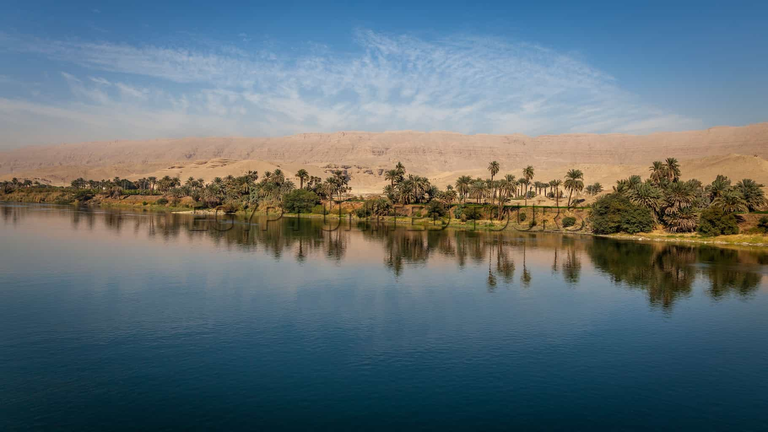
From its source to its delta, it flows through six African countries: Burundi, Rwanda, Tanzania, Uganda, Sudan, and Egypt.
The Nile is commonly considered to originate in Lake Victoria in Uganda, although the lake itself is fed by a tributary, the 690 km long Kagera, which is in turn fed by the Luvironza River, which originates in the southern part of the Burundi Plateau, 45 km east of Lake Tanganyika. From here, the Luvironza first feeds the Ruvuvu River, then the Ruvusu River, and finally, after 350 km, flows into the Kagera.
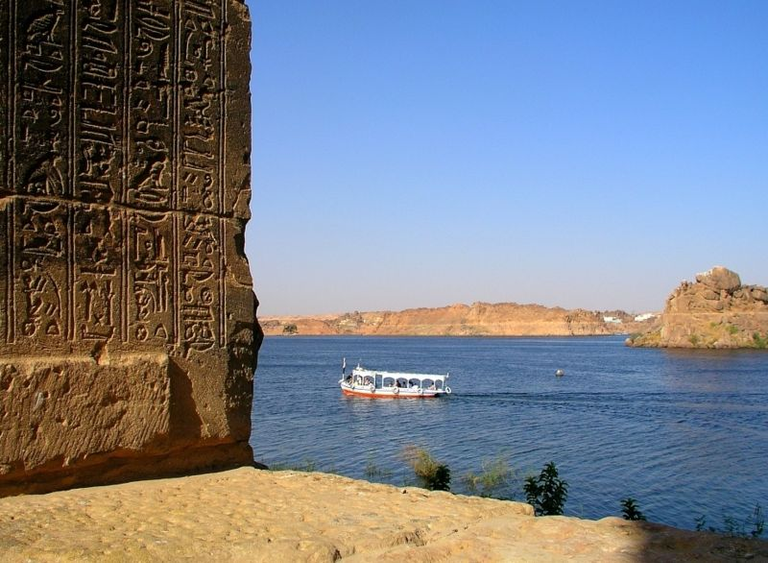
Leaving Lake Victoria, the river takes the name Victoria Nile. It flows for about 500 km, crossing Lake Kyoga and reaching Lake Albert, from where it emerges as the Albert Nile and enters Sudan, where it takes the name Bahr al Jabal. At the confluence of the Bahr al Jabal with the 720 km long Bahr el Ghazal, the river takes the name Bahr al Abyad, or White Nile. From here it flows to the city of Khartoum.
The Blue Nile (Bahr al Azraq) originates in Lake Tana, located in the Ethiopian Highlands. The Blue Nile flows for about 1,400 km to Khartoum, where it joins the White Nile to form the Nile. After the confluence of the White and Blue Niles, the only major tributary is the Atbara River, which rises in Ethiopia north of Lake Tana. It is approximately 800 km long and flows into the Nile about 300 km past Khartoum.
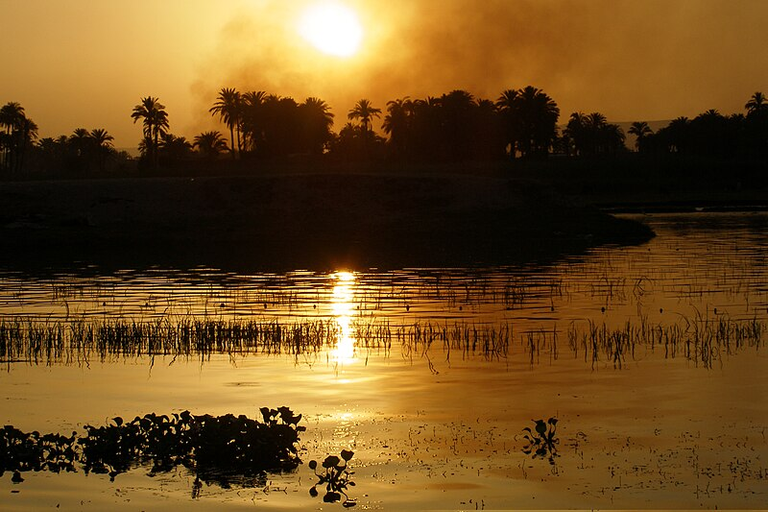
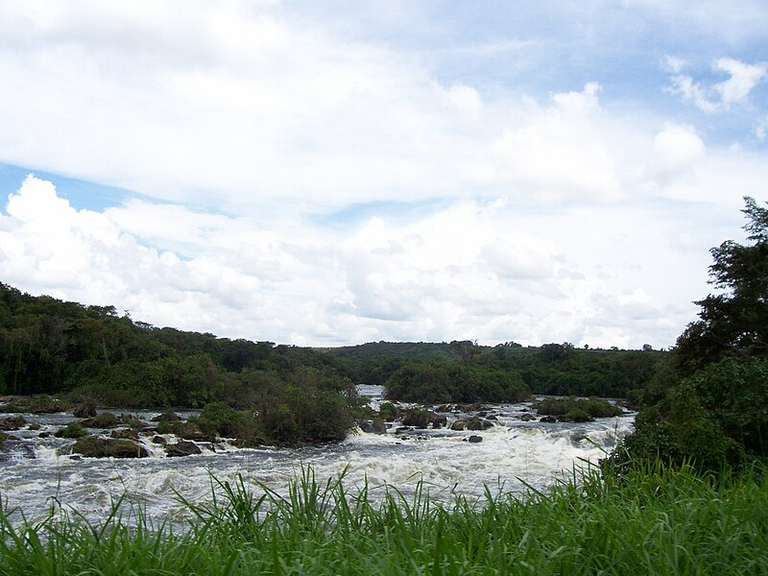
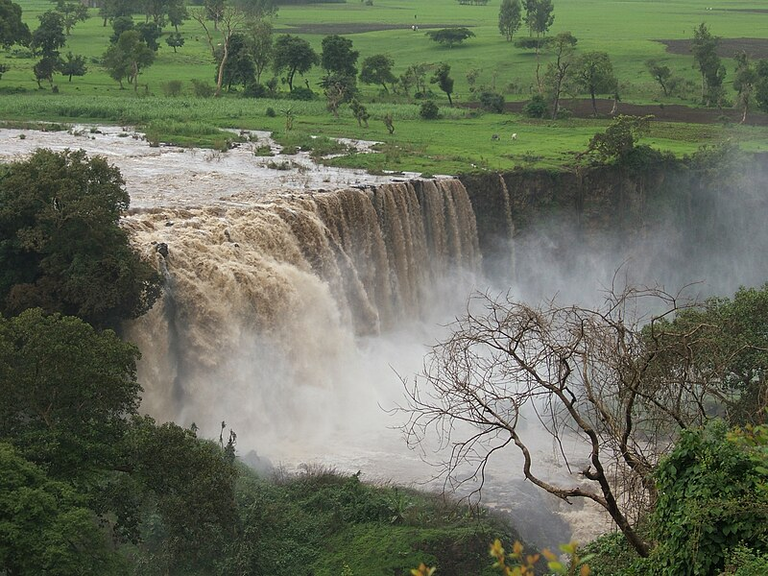
Blue Nile Falls
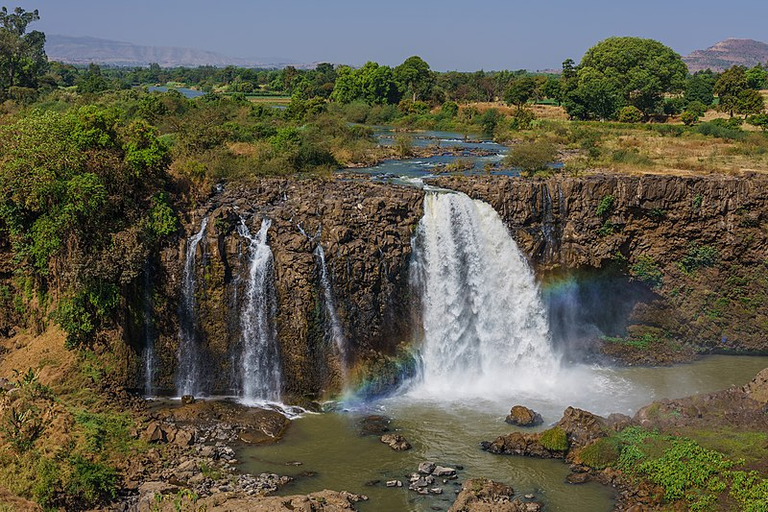
The river flows north through a vast desert area until it reaches Lake Nasser, an artificial basin formed by the construction of the Aswan Dam. It crosses the border between Sudan and Egypt. In the desert area of Upper Egypt, the Nile forms a river oasis between 5 and 20 kilometers wide that can be used for cultivation.
Just south of Cairo, the Nile begins to form a delta of approximately 24,000 km², through which it flows into the Mediterranean Sea. The Aswan Dam and the resulting blockage of sediment transport is one of the causes of the progressive erosion of the great Nile Delta.

Currently, the river is also heavily exploited from a tourist perspective, with countless types of cruises offered along its course. Among the typical boats used is the Dahabeya.
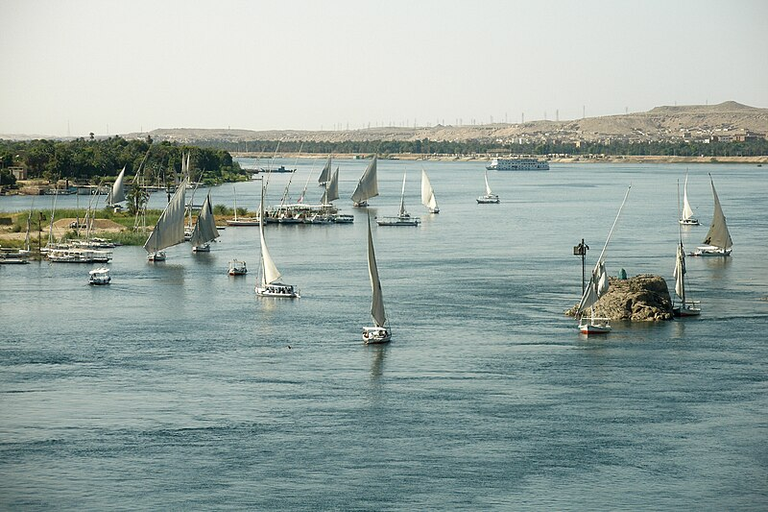
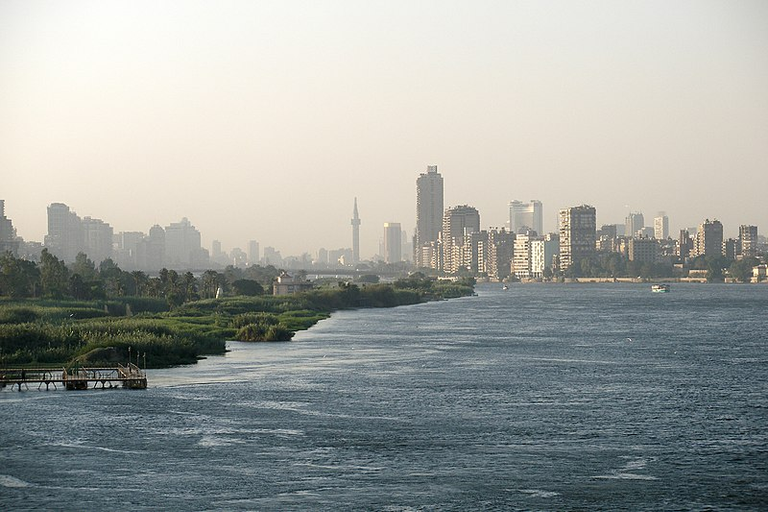


Comments
Post a Comment